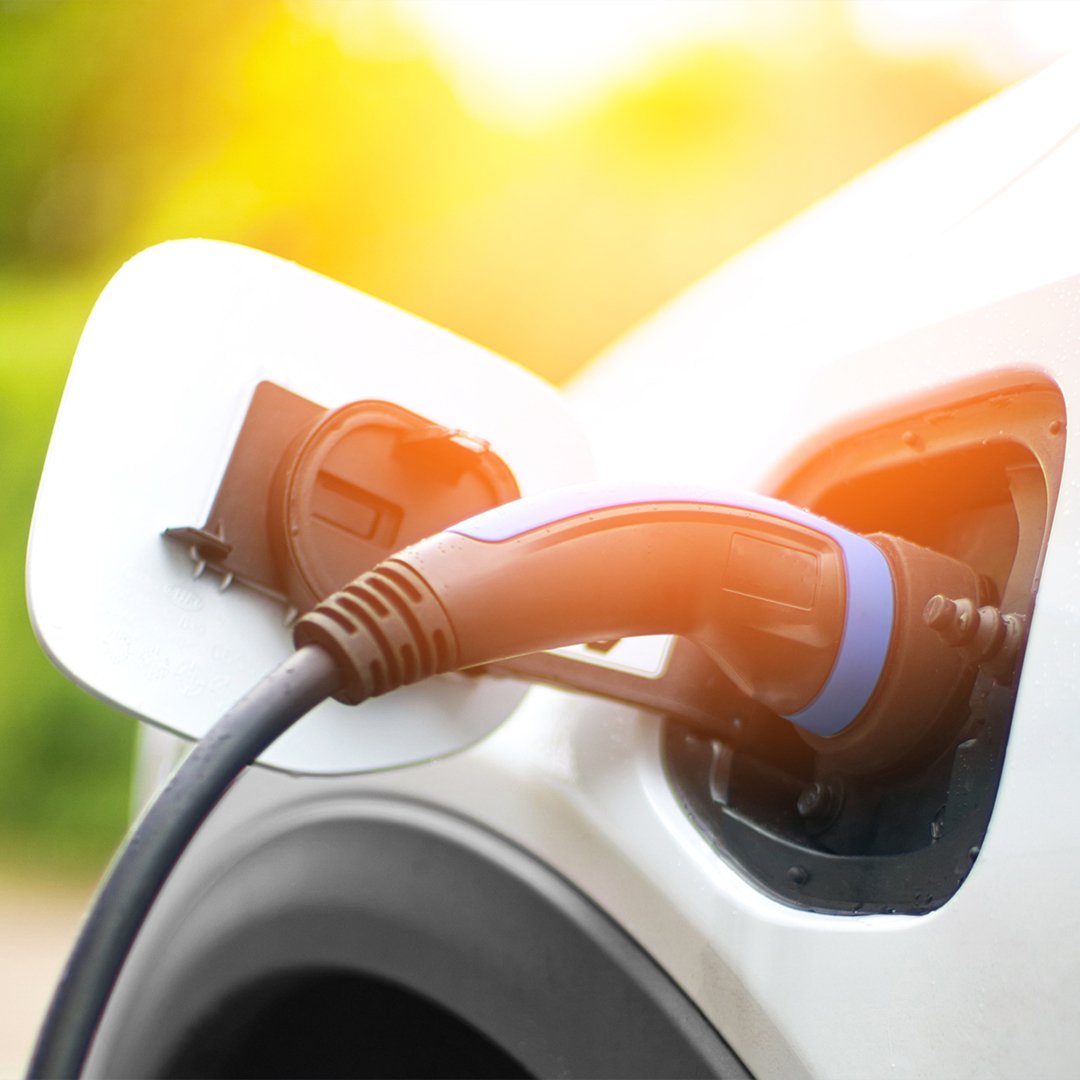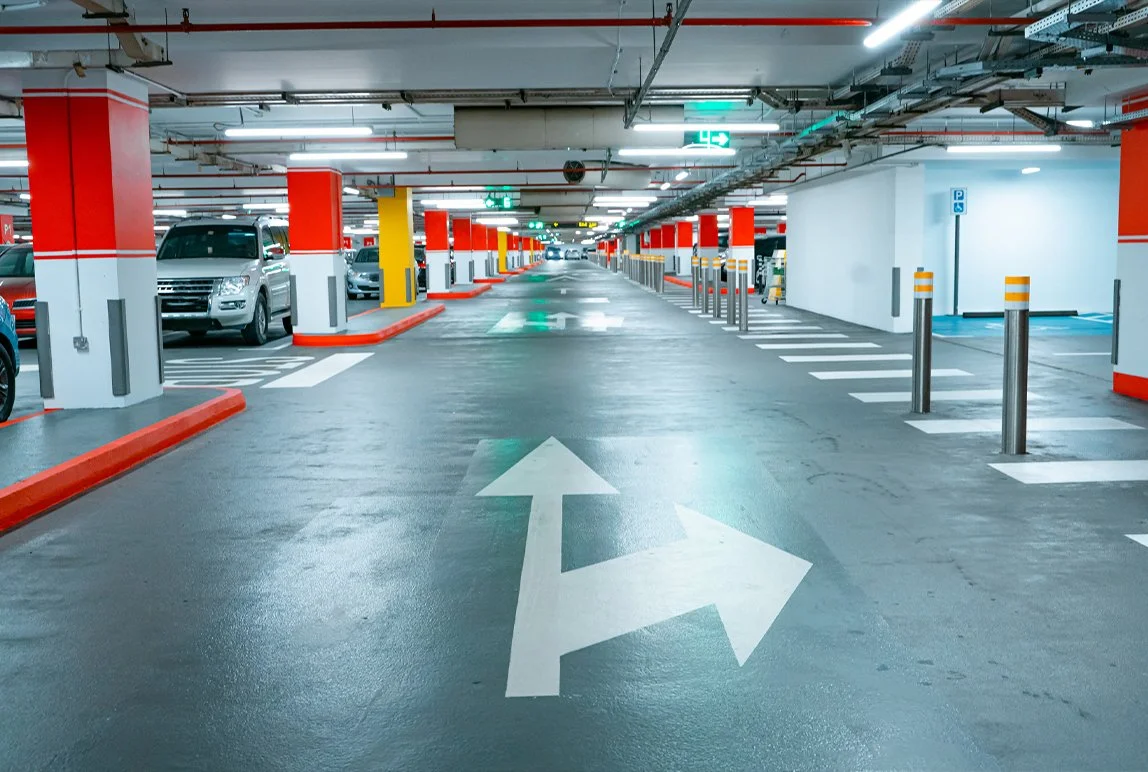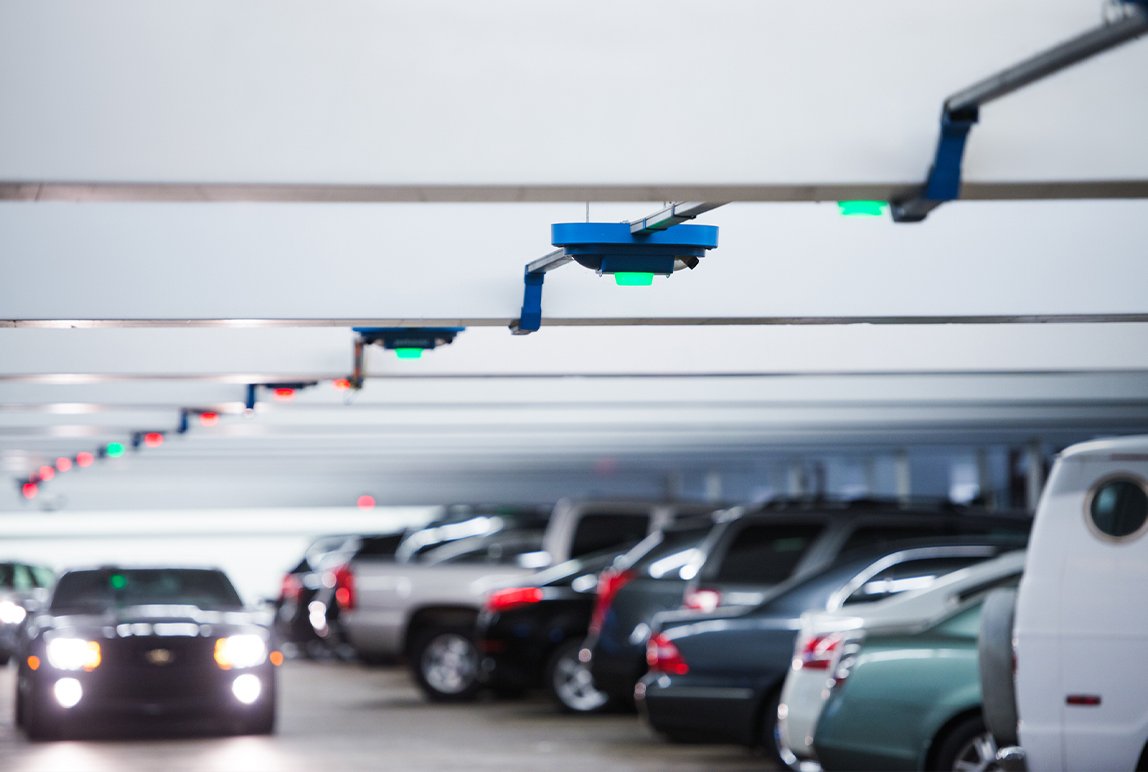What’s Next for EV and Parking? 6 Future Trends to Look Out For
Posted: Jul, 25, 2023 9:08AM ET • 5 min read
The rapid rise of electric vehicles (EVs) is substantially impacting how the parking and mobility industry operates globally. As the adoption of EVs continues to surge due to their environmental advantages and cost-effectiveness, the industry is undergoing significant transformations. Urban planners and businesses are strategically re-evaluating parking infrastructure to meet EV owners' specific requirements while integrating intelligent charging networks and innovative solutions like vehicle-to-grid technology. These changes reshape parking and commuting, presenting new opportunities and challenges for businesses in the parking and mobility sector.
Below are six key trends that are driving transformative changes in the parking and mobility industry, today and tomorrow.
1. The expansion of EV charging infrastructure.
As the adoption of EVs continues to grow, there is a strong demand for an expanded and robust EV charging infrastructure. In response to this demand, parking areas, including public lots, garages, and street parking, are undergoing significant transformations to accommodate charging stations. Parking operators have a unique opportunity to capitalize on this trend by offering integrated charging solutions with advanced features such as real-time availability monitoring and seamless payment integration. These enhancements will not only cater to the changing needs of EV owners but also provide a seamless and user-friendly experience, positioning businesses at the forefront of the evolving EV charging landscape.
2. The evolution of Vehicle-to-Grid (V2G) technology.
One of the transformative trends reshaping the parking and mobility industry is the emergence of V2G technology. This innovative concept goes beyond the conventional electricity consumption of EVs and empowers them to contribute surplus energy back to the grid. With V2G technology, parked EVs can serve as mobile energy storage units, creating a dynamic ecosystem where vehicle owners can sell their excess energy. This paradigm shift has the potential to revolutionize parking lots, transforming them into virtual power plants that provide new revenue streams for both EV owners and businesses. By harnessing the power of V2G technology, the parking and mobility industry can actively participate in the energy transition, promoting sustainability while unlocking economic opportunities.
3. The rise of Shared Electric Mobility.
Shared electric mobility services, such as electric car-sharing and ride-hailing, will continue gaining popularity. These services offer convenience to users and contribute to the efficient utilization of EVs by reducing the need for private vehicle ownership. As this trend grows, parking facilities will play a vital role as hubs for shared electric mobility operations. These areas will be strategically designed to accommodate EV fleets, providing designated spaces for parking and integrating charging infrastructure to ensure seamless operations.
4. Autonomous Electric Vehicles (AEVs).
The convergence of autonomous driving technology and electric powertrains will shape the future of mobility. AEVs will transform parking operations by enabling efficient self-parking and autonomous charging capabilities. These vehicles will revolutionize parking by optimizing space and eliminating the need for human intervention. AEVs will seamlessly navigate to charging stations when needed, ensuring uninterrupted mobility and reducing the burden on drivers.
5. Integration with Smart City infrastructure.
EVs will play a significant role in developing smart cities, where parking areas will serve as hubs of connected infrastructure. Equipped with sensors and advanced technology, parking spaces will provide real-time data on availability, charging station usage, and energy demand. This integration will facilitate the implementation of intelligent parking management systems, empowering drivers to locate and reserve available parking spaces and charging slots in advance. It will enhance efficiency, reduce congestion, and optimize the parking experience.
6. Ongoing battery technology advancements.
The future of EVs in parking and mobility hinges on continuous advancements in battery technology. Longer-range batteries will enable drivers to embark on extended journeys without concerns about running out of power. Faster charging capabilities will minimize charging downtime, ensuring EVs' convenient and efficient use. Improved energy density will enhance overall performance and efficiency. Moreover, the development and commercialization of solid-state batteries hold tremendous potential to revolutionize the EV industry. These batteries offer higher energy density, faster charging times, and improved safety, paving the way for an even more sustainable and technologically advanced era of electric mobility.
The parking and mobility industry is reshaping with the high adoption of EVs, leading to significant transformations in infrastructure and services. By adapting to the changes and leveraging these trends, businesses can position themselves at the forefront of the evolving EV landscape, offering enhanced experiences to EV owners while driving sustainability and innovation in the parking and mobility sector.
References
Crownhart, C. (2023, January 5). What’s next for batteries. MIT Technology Review. https://www.technologyreview.com/2023/01/04/1066141/whats-next-for-batteries/
Dreibelbis, E. (2022, November 11). What is a solid state battery?. PCMAG. https://www.pcmag.com/how-to/what-is-solid-state-battery-for-electric-vehicles
Heineke, K., Laverty, N., Möller, T., & Ziegler, F. (2023, April 19). The future of mobility: Mobility evolves. McKinsey & Company. https://www.mckinsey.com/industries/automotive-and-assembly/our-insights/the-future-of-mobility-mobility-evolves
Kimmel, A. (2023, February 14). Autonomous and Electric Vehicles: The Future of Mobility. Wevolver. https://www.wevolver.com/article/autonomous-and-electric-vehicles-the-future-of-mobility
Virta Ltd. (2023, June 7). Vehicle-to-grid (V2G): Everything you need to know. Virta Global. https://www.virta.global/vehicle-to-grid-v2g
Marmer, M. (2023, June 21). The Future of Grid Innovation: Electric Vehicle Edition. Innovating Canada. https://www.innovatingcanada.ca/technology/future-of-transportation/the-future-of-grid-innovation-electric-vehicle-edition/#:~:text=V2G%20returns%20energy%20back%20to,that%20has%20energy%20to%20spare.
Share Article:
Featured Articles
ABOUT THE AUTHOR
Luigi Lato
Chief Operating Officer
As Chief Operating Officer at Precise ParkLink, Luigi provides executive support for Precise ParkLink clients during the implementation phase and throughout the life of the contract, acting as Precise ParkLink’s clients’ project champion. He has a degree in telecommunications technology from Ryerson University as well as further accreditations from York University in project management and executive leadership. Before joining Precise ParkLink in 2000, Luigi worked at the Toronto East General Hospital (now the Michael Garron Hospital), rising to the role of Director of Information Technology. Today, he leverages his expertise and experience to make Precise ParkLink the technology-first company that has grown to be a leader in the Canadian parking market. Luigi’s responsibilities today include guiding investments in research and development to create innovative solutions for clients, managing client relationships at the highest level, and leveraging his analytical and numbers-oriented problem-solving skills to support partner organizations in their endeavours.
Questions?
Fill out the form below and we will do our best to connect you with a suitable contact.













